Search
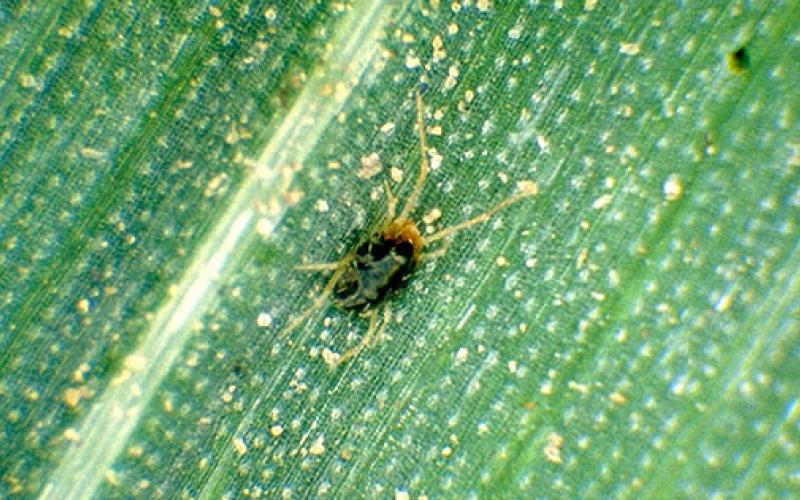
Scouting Winter Wheat for Mite Pests
Winter wheat planting is underway in South Dakota. After wheat emergence, it is important to scout for brown wheat mite and wheat curl mite populations.
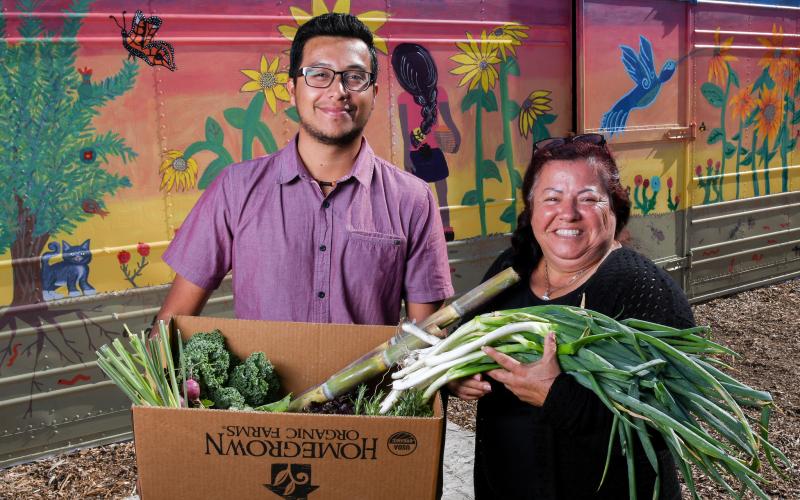
CSA Subscription ‘Box’
Community Supported Agriculture (CSA) subscriptions vary by producers; there is no set rule on the package size or box contents.
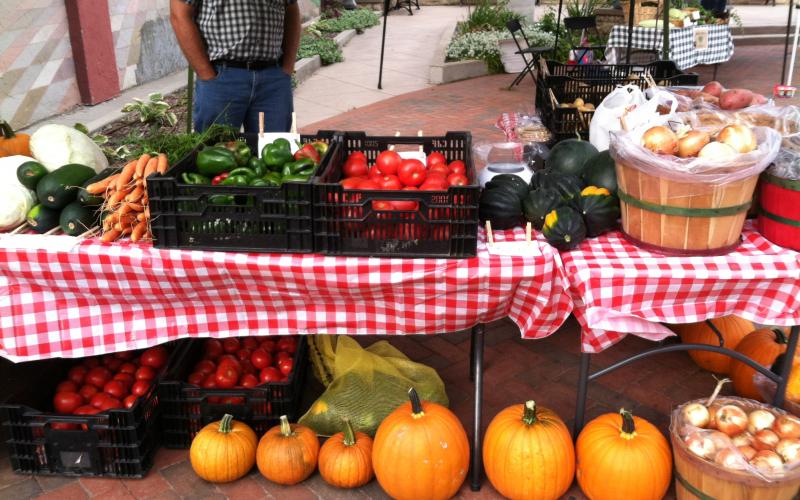
Developing a Vision Statement for a Farmers Market
The Vision Statement is a picture of what the market organizers want the market to look and feel like in the future.
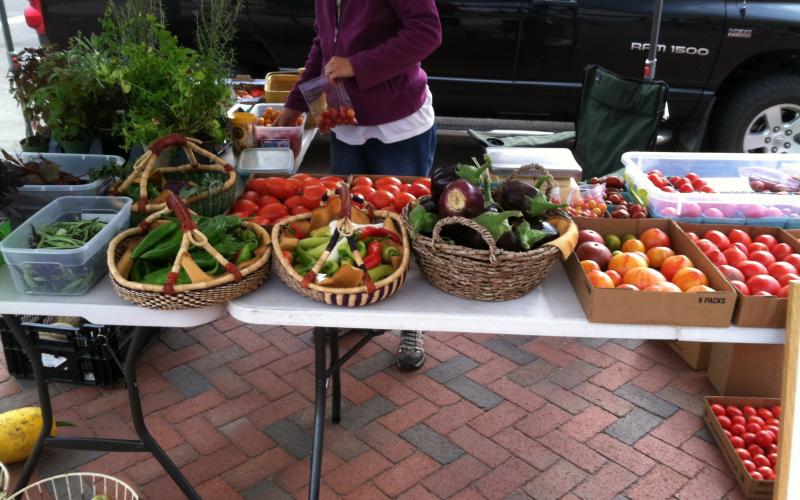
Farmers Market Food Safety: At the Market
Displaying food and produce safely requires attention to reducing the risk of contamination.
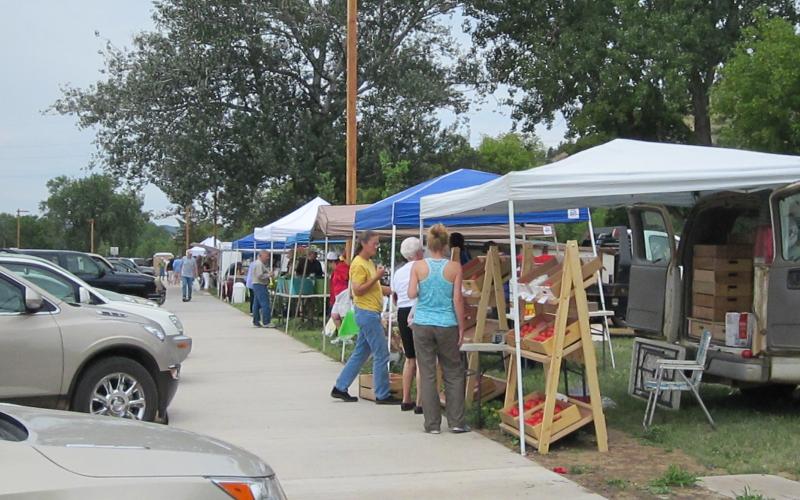
Drafting Farmers Market Documents: Market Rules
It is strongly recommended that new and existing farmers markets draft rules to govern the daily operation of the market.
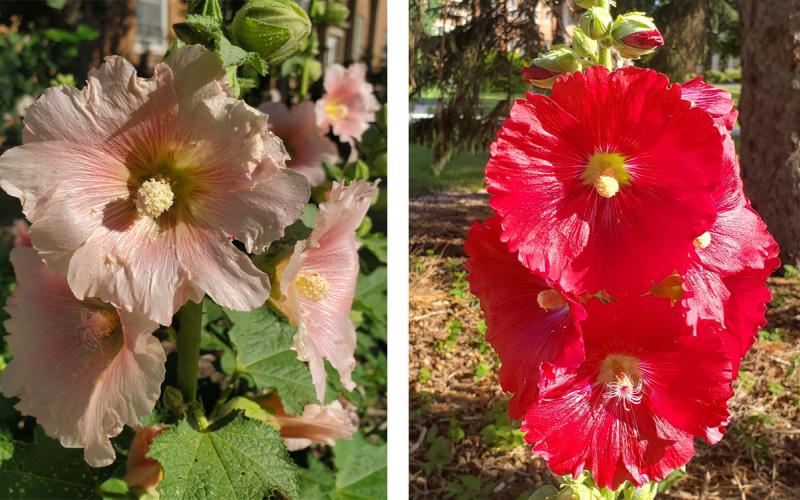
Growing Hollyhocks
Hollyhocks are a popular, old-fashioned plant that can be found along the foundations of many old homes and nestled in older farmsteads across the state. Learn some important considerations for selecting, planting and caring for them in your garden!
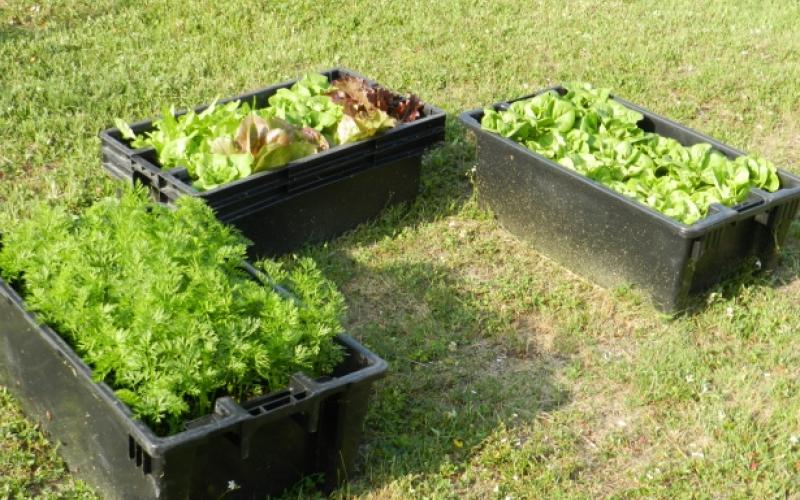
Growing Vegetables in Tubs
You can grow lots of vegetables in plastic container gardens. The important things to remember are using a good growing medium and keeping enough water on the plants as they get larger.
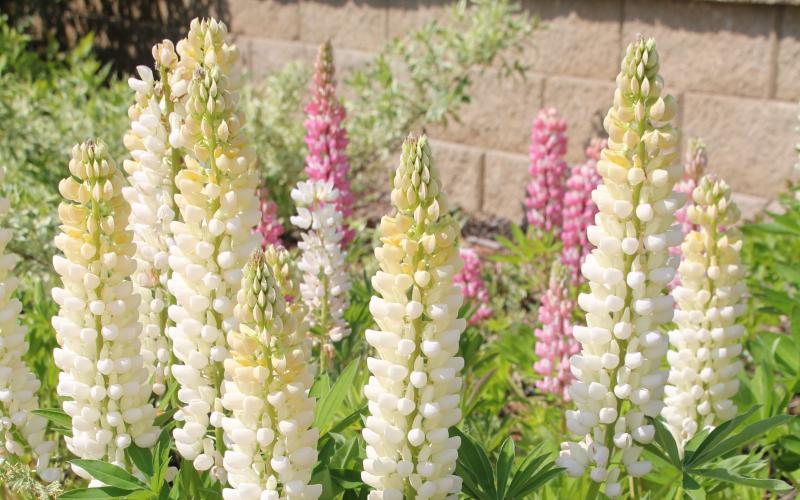
Lupines for Northern Gardens
Lupines (Lupinus), a genus of plants in the legume family Fabaceae, are popular plants in the United States. In addition to their aesthetic value, lupines provide a variety of benefits to the garden.

Master Gardener Volunteer Program
SDSU Extension’s Master Gardener program develops gardening enthusiasts into expert volunteers who share their research-based knowledge with community members across the state.

Soil Testing for Vineyards in South Dakota
Not all soils are conducive to growing quality grapes, so prospective vineyard sites should be tested before a decision is made to plant grapes. Tests can identify soils that are either too high in pH, salts, or salinity, or that are “too rich” (too high in organic matter and nitrogen) for grapes. In addition, testing before planting allows for the incorporation of nutrients—such as phosphorus—that do not move easily through the soil to plant roots.